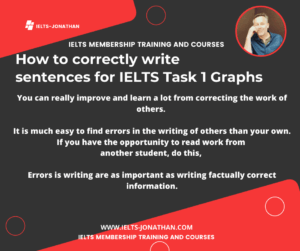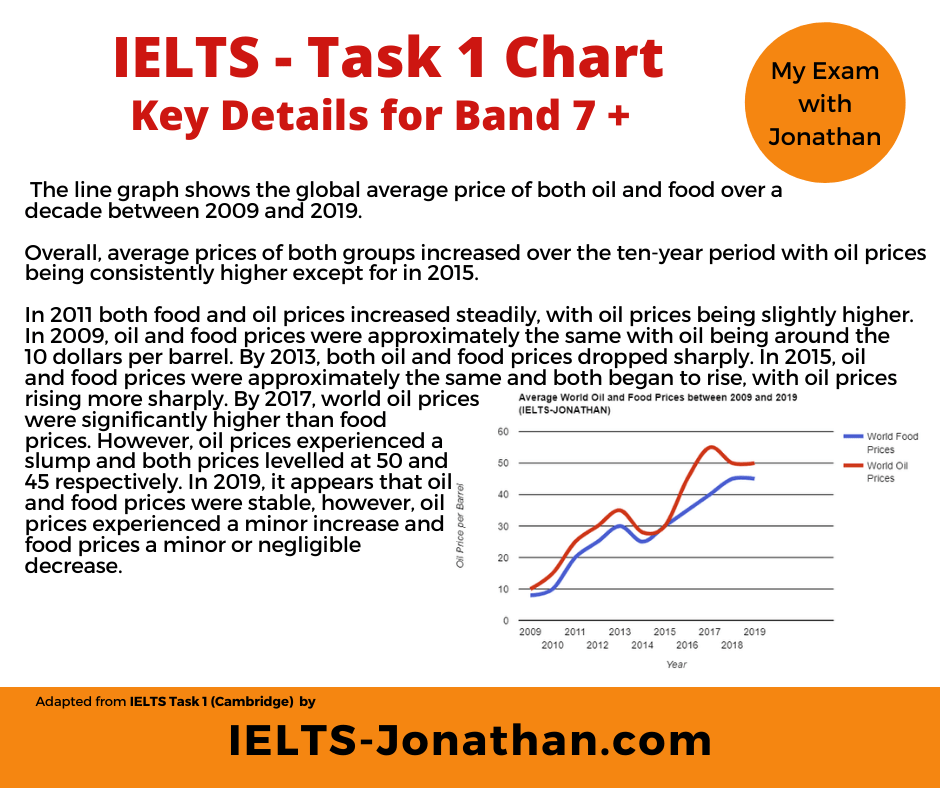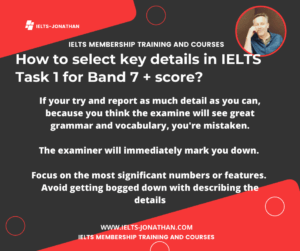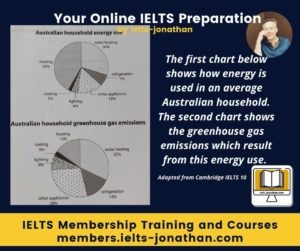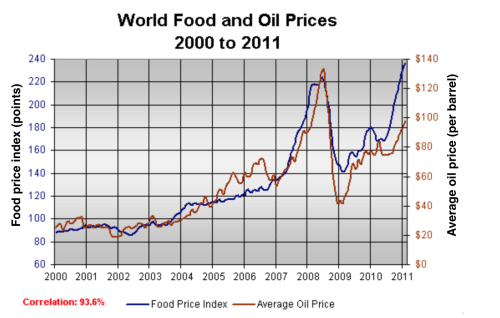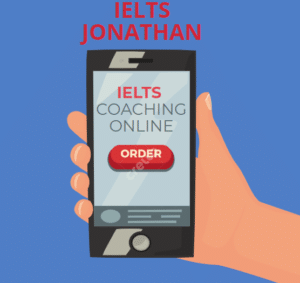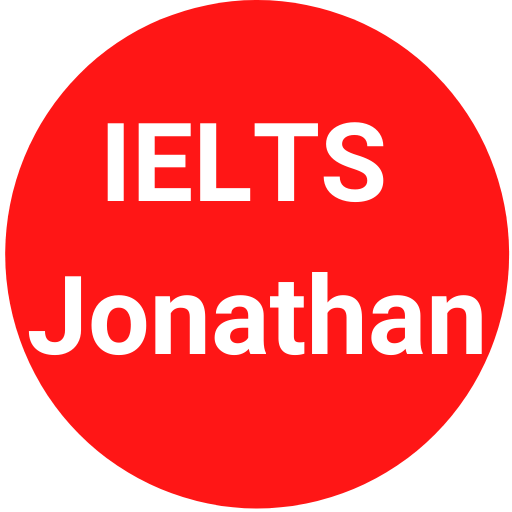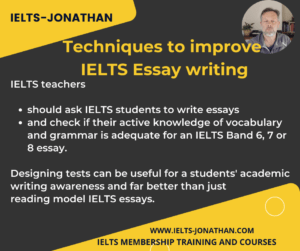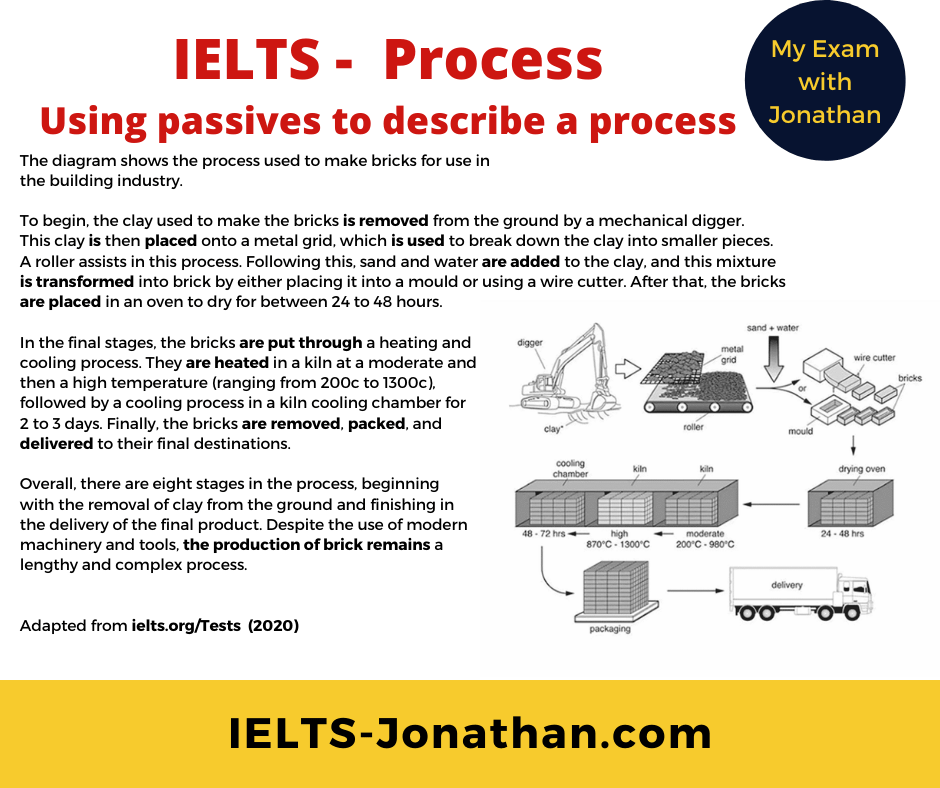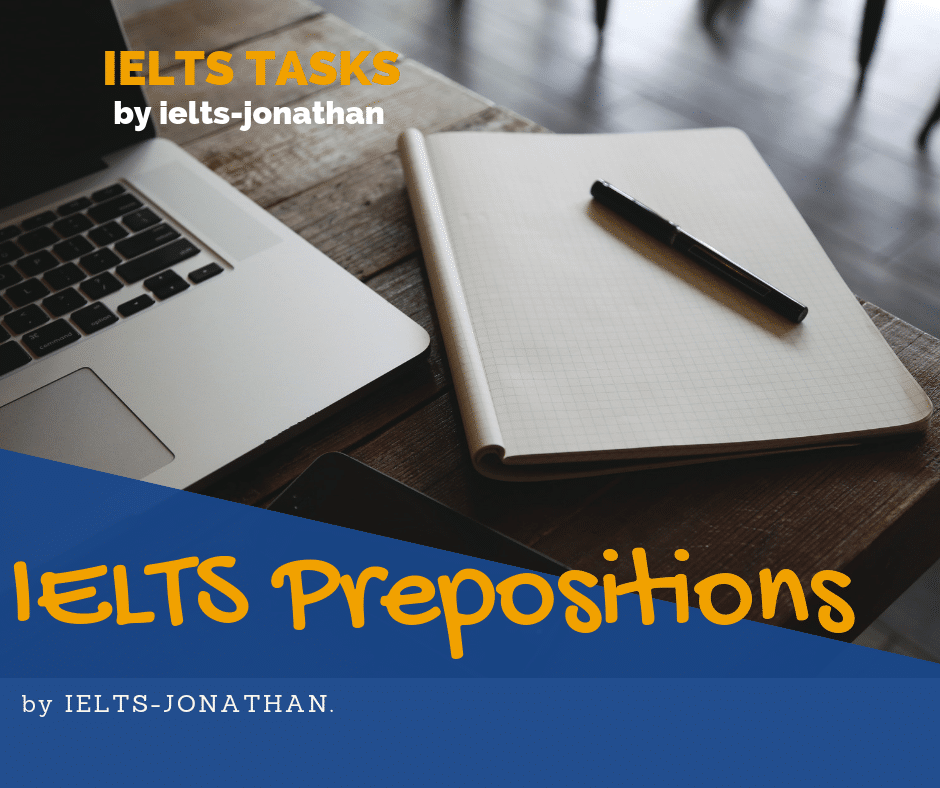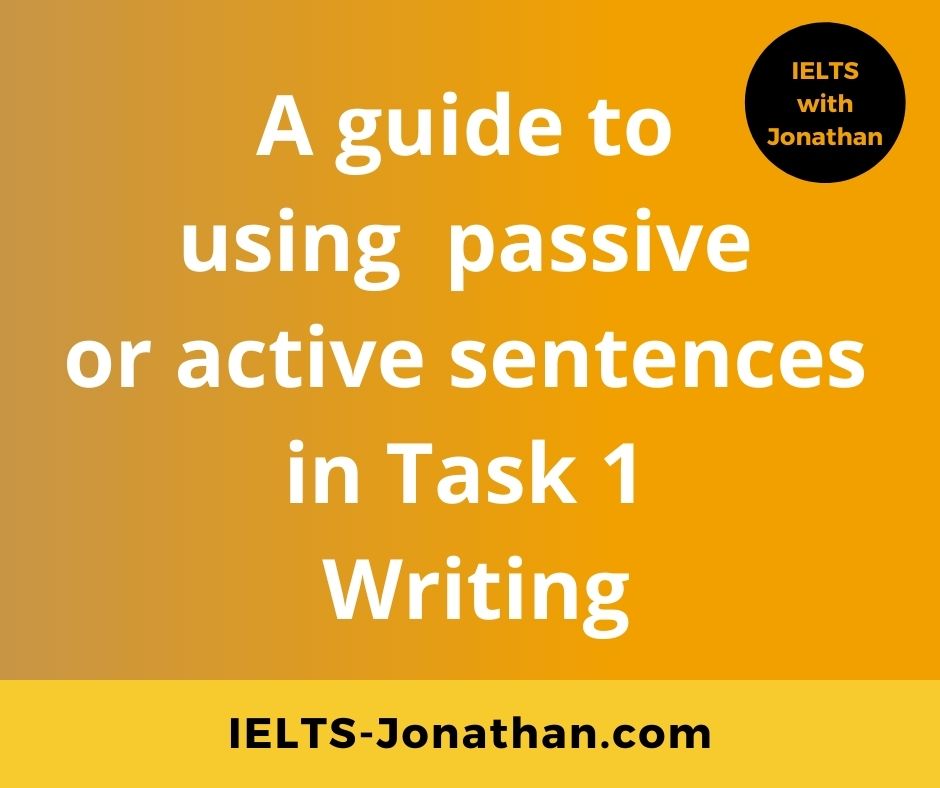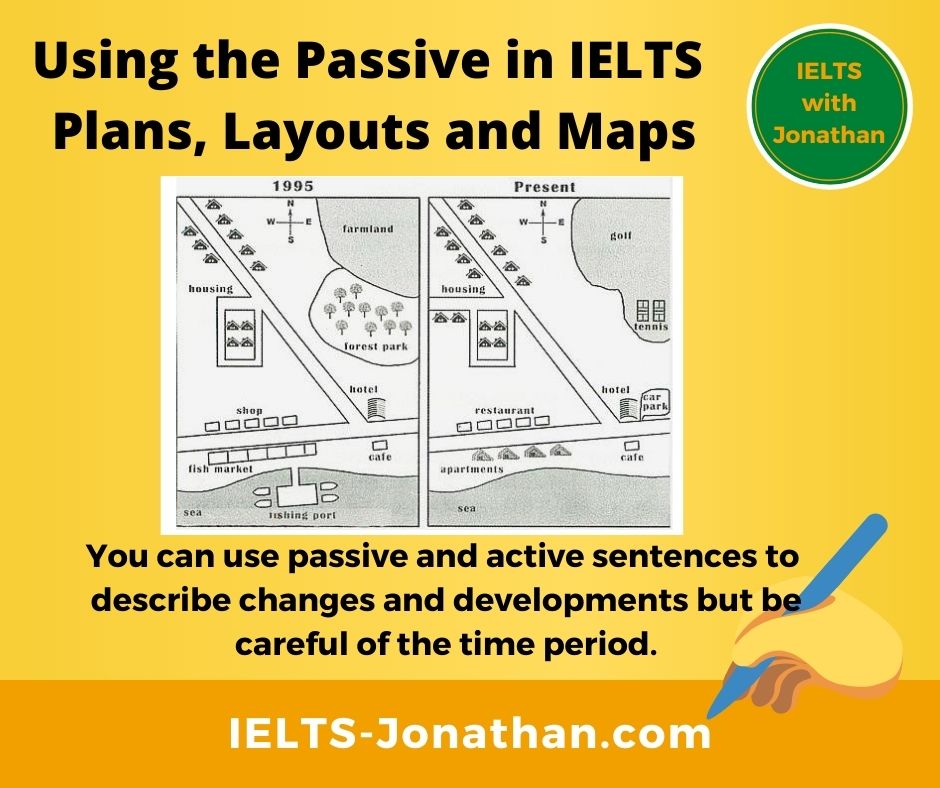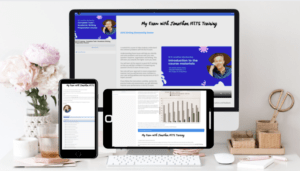Writing error-free sentences for IELTS Task 1 Writing
In the previous lessons, I asked you to try writing one factually correct sentence about a graph.
This time, are you able to write a sentence that compares two numbers without making a mistake?
If not, then this an area we have identified as something you should practise.
Errors is writing are as important as writing factually correct information.
Here is the image we are using in this example.
Finding corrections in your writing
It is not easy to find errors in your own writing.
Often, you will find you need to read again and again to spot any errors.
TIP: It is much easy to find errors in the writing of others.
If you have the opportunity to read work from another student this can really help you make improvements.
Here are some sentences which students wrote about the chart.
Each sentence has an error of some kind.
One sentence does not have any errors, but it could be improved.
Can you see what is wrong with each sentence? What are the errors? What corrections would you make?
- In 2011, there was a rise in both prices but as compared to oil, food index price rose more to 240 points.
- In 2011 food price index raised dramatically and reached a peak almost to 240 points and there was also a slight increase in oil price, it was about $100 by that time.
- In 2011, the average oil price rose to nearly $100 per barrel, while the food price index reached its peak, at almost 240 points.
- After gradual increase in the previous year, the price of oil and food inclined to 100 dollars per barrels and 240 points respectively in 2011.
Finished?
Here are the corrections with the errors shown.
- In 2011, there was a dramatic rise in both average prices but as compared to oil, the food index price rose more sharply from 170 to 240 points.
- In 2011, the food price index rose dramatically and reached a peak of almost to 240 points. There was also additionally a slight sharp increase in oil prices which reached about $100 per barrel by that time.
- In 2011, the average oil price rose to nearly $100 per barrel, while the food price index also reached a peak at almost 240 points.
- After a gradual increase in the previous year, the price of oil and food
inclinedincreased to 100 dollars per barrelsand 240 points respectively in 2011.
and the correctly written sentence was;
In 2011, the average oil price rose to nearly $100 per barrel, while the food price index reached its peak, at almost 240 points.
More Error Corrections for Task 1
Can you find the corrections in these sentences.
Tip: all the sentences are factual, but there are errors of grammar or word choice.
- From the table, it is clear that more rains fall in Sierra Leone during summer than any other country
- America and China are the most exported countries of all, exporting almost 2300 billion and 1600 billion respectively.
- In Japan, most teenagers tend to play basketball than any other sports.
- There were more expenditure spends on cars than to any other consumer goods.
- More water was used in agriculture in Central Asia than any surveyed areas.
- Africa consumed least water for industrial purposes, using just 7% and 5% respectively.
- More time is allocated to teaching primary school children than other level of education.
- Britain and Australia are the most educated of the fifteen countries, with 50% and 60% of citizens holding university degrees respectively.
- China and India are clearly the fastest developing economy of the fifteen countries; however the USA remains the most developed.
Final Conclusion
You can really improve and learn a lot from correcting the work of others and it is much easy to find errors in the writing of others than your own.
If you have the opportunity to read work from another student, do this, but if not, I can correct and give valuable feedback to improve your IELTS writing using my correction service link here.
You can go over to my Facebook page and join other students who are working towards the test and join my IELTS WRITING TASK 1 group, for free practice.
Finally, you can review a workexample worksheet that I use with advanced IELTS and English for Academic Purposes students who are already at university.
It helps show how sentences and cohesion are developed in complex sentences.
Sentences for Cohesion
Sentence structure for IELTS and EAP Ielts-JonathanParagraphs for Cohesion
Paragraph structure for IELTS and EAP Ielts-jonathanI’m Jonathan I’ve taught IELTS and University English in more than a dozen universities and schools around the world. I’m a parent, traveller and passionate about language teaching and helping students achieve their dreams. Whilst living in Austria or working in Asia, I run IELTS courses to help students get to where they want to be. If you are serious about IELTS, connect with me to see how I can help you. I’m Jonathan I’ve taught IELTS and University English in more than a dozen universities and schools around the world. I’m a parent, traveller and passionate about language teaching and helping students achieve their dreams. Whilst living in Austria or working in Asia, I run IELTS courses to help students get to where they want to be. If you are serious about IELTS, connect with me to see how I can help you. The Best Approach to Task 2 Writing Paragraphing in Task 2 Writing Writing – Benefits of a Foreign University Education

